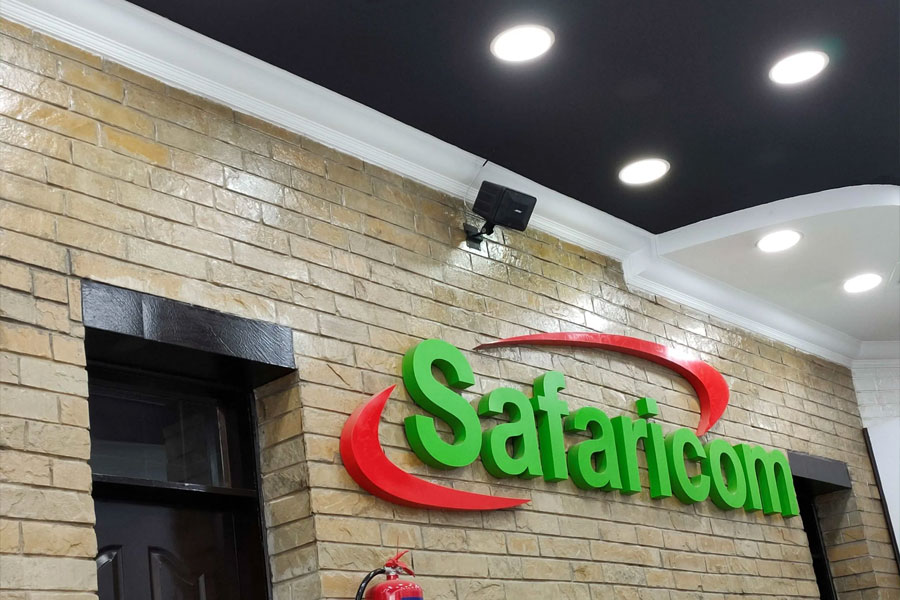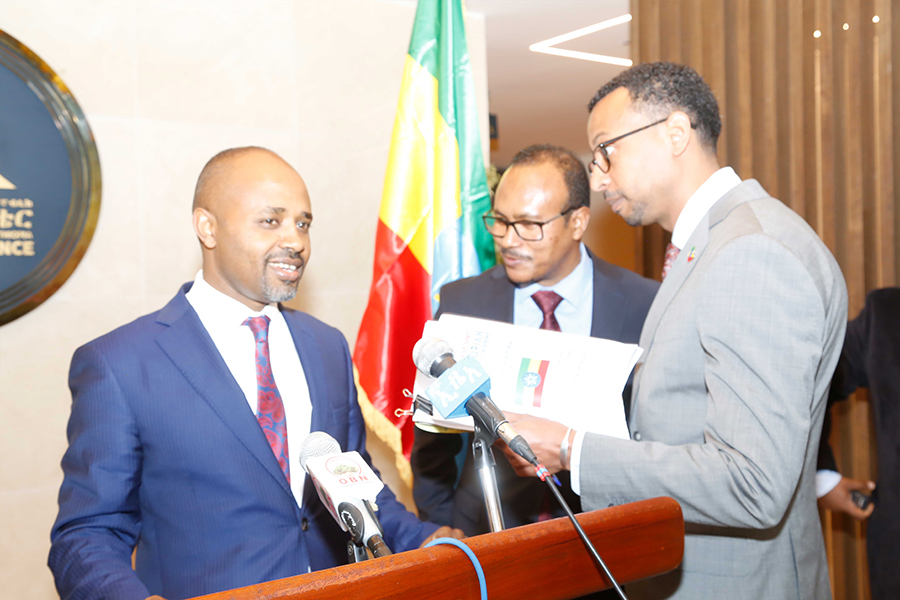
Viewpoints | Dec 11,2020
Ethiopia has secured a sum of 408 million dollars under the Special Drawing Rights (SDR) programme of the International Monetary Fund (IMF).
On the table since March this year, the allocation took effect on August 23, 2021, three weeks after the IMF Board of Directors approved a record-high 456 billion in SDR units (around 650 billion dollars based on current market prices) to 190 member countries. While the figure is significantly higher than the previous allocation of 182 billion in 2009, it is one of four major allocations since the inception of SDRs in 1969, bringing the total to 660 billion.
“Countries can use the space provided by the SDR allocation to support their economies,” reads a communique issued by Kristalina Georgieva, IMF's managing director.
Special drawing rights are foreign exchange reserve assets defined and maintained by the IMF, representing a claim to currency held by member countries. They are allocated based on the shareholder quota countries hold at the IMF, determined using a set of criteria such as the GDP, economicreceptiveness, diversity, and foreign currency reserves. Historically, Ethiopia's quote was a little over 100 million dollars.
The latest allocation is part of IMF's efforts to curb the impacts of COVID-19 on the global economy and help countries, especially low-income economies under financial stress, boost their liquidity. According to the IMF, Ethiopia's economy experienced the slowest growth in a decade and a half, reaching two percent last year in the aftermath of the pandemic. However, Ethiopian authorities claim the GDP growth was four percentage points larger than the IMF data.
Ethiopia's government officials, sitting on a forex reserve that is only enough to cover two and a half months of imports, are chuffed with the decision. The Birr is fast losing its value against a basket of foreign currencies, particularly the Dollar. Late last week, a Dollar was exchanged for 46.28 Br in the official market, 20 Br less than what the parallel market offered.
"The decision is a boost to the country's assets," said Fikadu Digafe, vice governor and chief economist of the National Bank of Ethiopia (NBE). "It's great news from the IMF."
Ethiopia has been under financial stress lately. With the freezing of financial aid by different development partners, including the EU and the US, the government has struggled to finance its budget deficit, which is slated to hit 144 billion Br this fiscal year.
There have also been debt rework attempts by authorities, with the latest being a request made to G20 countries to restructure sovereign debt under a new deal. But this has pushed important creditors to review their policies towards Ethiopia, including the Export-Import Bank of China, which has withheld the disbursement of 339 million dollars in loans while conducting a review of the country's debt standing.
Officials have several options to utilise the new allocation from the IMF, including withdrawing or leaving it in the IMF reserve. SDR units can be exchanged into five currencies – the Dollar, the Pound Sterling, the Euro, the Chinese Yuan, and the Japanese Yen. Interest rates are updated weekly, based on the average value of the representative currencies' exchange rates.
"Nothing has been decided yet," Eyob Tekalign (PhD), state minister for Finance, told Fortune. "Taking the SDR units as a loan from the quotas of developed countries that are not using it is also an option.”
The US holds the largest quota, 17.4pc, followed by Japan (6.5pc) and China (6.4pc). In contrast, Ethiopia's 0.06pc is even less than the quotas held by neighbouring Kenya (0.11pc), which has been granted 520 million in SDR, and Sudan (0.13pc), receiving over 600 million.
Alemayehu Geda, a professor of economics at the Addis Abeba University, believes utilising the funds is too important of an opportunity to miss but warns that withdrawing the money would come with strings attached.
"Taking a penny from organisations such as the IMF has its own consequences, such as forcing a country to follow their liberalisation agendas and policies unconditionally," he cautioned.
Even though the IMF provides the funds in concessional loans upon a withdrawal request, Alemayehu warns that repayment would be difficult as it would be in forex, and the value of SDR units might increase.
“It would most probably grow from a concessional loan to a commercial loan by the time it's paid back,” he said.
The latest allocation is the highest made to Ethiopia since the IMF approved a 2.9-billion-dollar loan in 2019, 700pc larger than the country's quota. When the IMF approved the loan, Ethiopia was expected to shift from a statist to private-led growth, lower debt levels, increase exchange rate flexibility and implement other structural reforms.
An agreement was reached with authorities in Ethiopia in February last year on policy measures to complete the first and second reviews under the arrangements, but this is yet to be approved by the IMF Executive Board, pending financing assurances from international partners.
PUBLISHED ON
Aug 28,2021 [ VOL
22 , NO
1113]

Viewpoints | Dec 11,2020

Fortune News | Dec 11,2021

Advertorials | May 29,2023

Commentaries | Jun 01,2019

Radar | Dec 25,2018

Radar | Sep 10,2022

Radar | Jul 06,2019

Radar | Jul 18,2020

Fortune News | Nov 29,2020

Fortune News | Aug 08,2020

Dec 22 , 2024 . By TIZITA SHEWAFERAW
Charged with transforming colossal state-owned enterprises into modern and competitiv...

Aug 18 , 2024 . By AKSAH ITALO
Although predictable Yonas Zerihun's job in the ride-hailing service is not immune to...

Jul 28 , 2024 . By TIZITA SHEWAFERAW
Unhabitual, perhaps too many, Samuel Gebreyohannes, 38, used to occasionally enjoy a couple of beers at breakfast. However, he recently swit...

Jul 13 , 2024 . By AKSAH ITALO
Investors who rely on tractors, trucks, and field vehicles for commuting, transporting commodities, and f...

Oct 18 , 2025
The political establishment, notably the ruling party and its top brass, has become p...

Oct 11 , 2025
Ladislas Farago, a roving Associated Press (AP) correspondent, arrived in Ethiopia in...

Oct 4 , 2025
Eyob Tekalegn (PhD) had been in the Governor's chair for only weeks when, on Septembe...

Sep 27 , 2025
Four years into an experiment with “shock therapy” in education, the national moo...